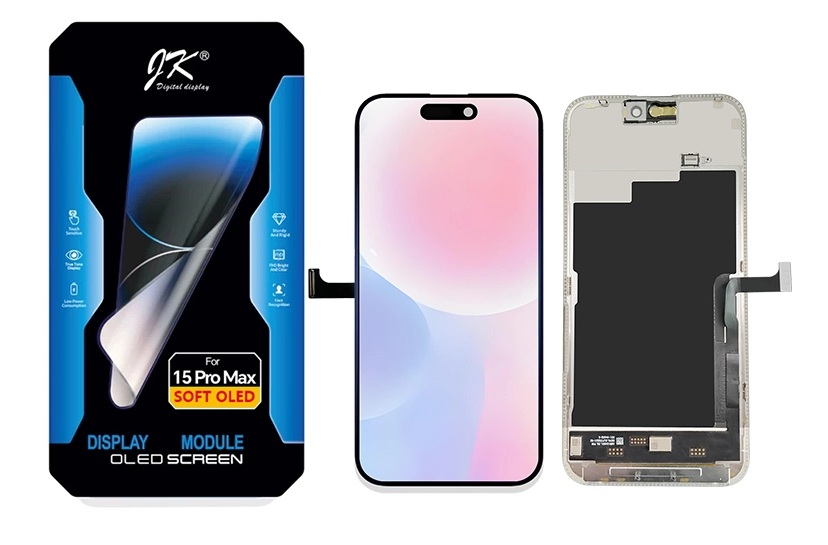When it comes to vehicle maintenance, few indicators are as critical as the brake system warning light. This light serves as a vital alert, signaling potential issues with your braking system that could compromise your safety on the road. Understanding how to reset this warning light is essential for any vehicle owner, not only to ensure the vehicle operates smoothly but also to maintain peace of mind. In this article, we will delve into the intricacies of the brake system warning light, explore the reasons it may illuminate, and provide a step-by-step guide on how to reset it effectively.
Understanding the Brake System Warning Light
The brake system warning light is typically represented by an exclamation mark within a circle or the word BRAKE illuminated on your dashboard. This warning light can indicate various issues, including:
- Low Brake Fluid: Insufficient brake fluid can lead to decreased braking efficiency.
- Worn Brake Pads: If your brake pads are worn down, they may trigger the warning light.
- Faulty Brake System Components: Issues with the ABS (Anti-lock Braking System) or other brake components can also cause the light to activate.
- Parking Brake Engaged: Sometimes, the simplest explanation is the correct one—if your parking brake is engaged, the warning light will remain on.
Diagnosing the Issue
Before attempting to reset the brake system warning light, it is crucial to diagnose the underlying issue. Ignoring the warning light can lead to severe safety hazards. Here are some steps to help you identify the problem:
- Check Brake Fluid Levels: Open the hood and locate the brake fluid reservoir. If the fluid is below the minimum level, top it off with the appropriate brake fluid type as specified in your owner’s manual.
- Inspect Brake Pads: If you have experience with vehicle maintenance, visually inspect the brake pads for wear. If they appear thin or uneven, they may need replacement.
- Examine the Parking Brake: Ensure that the parking brake is fully disengaged. Sometimes, the light may remain illuminated if the brake is not completely released.
- Scan for Error Codes: If you have access to an OBD-II scanner, connect it to your vehicle’s diagnostic port. This tool can provide error codes that indicate specific issues within the braking system.
How to Reset the Brake System Warning Light
Once you have identified and addressed the underlying issue, you can proceed to reset the brake system warning light. Here’s a detailed guide on how to do this:
Method 1: Manual Reset
- Turn Off the Ignition: Ensure your vehicle is in the Off position.
- Disconnect the Battery: Using a wrench, disconnect the negative terminal of the battery. Wait for about 10-15 minutes to allow the vehicle's systems to reset.
- Reconnect the Battery: Reattach the negative terminal and tighten it securely.
- Start the Vehicle: Turn the ignition back on and check if the brake warning light has turned off.
Method 2: Using an OBD-II Scanner
- Connect the OBD-II Scanner: Plug the scanner into the vehicle’s OBD-II port, usually located under the dashboard.
- Turn on the Ignition: Switch the ignition to the On position without starting the engine.
- Access the Brake System Codes: Follow the scanner's prompts to navigate to the brake system codes.
- Clear the Codes: Select the option to clear or reset the codes. This action should turn off the brake system warning light.
- Verify the Reset: Start the vehicle and check if the warning light remains off.
When to Seek Professional Help
If the brake system warning light persists after attempting to reset it, or if you are unsure about diagnosing the issue, it is crucial to seek professional assistance. A certified mechanic can conduct a thorough inspection and provide solutions to ensure your vehicle's braking system is functioning correctly.
Conclusion
Resetting the brake system warning light is a straightforward process, but it is essential to address the root cause of the warning before proceeding. Regular maintenance and prompt attention to warning lights can significantly enhance your vehicle's safety and performance. By following the steps outlined in this guide, you can take control of your vehicle's maintenance and ensure a safer driving experience. Remember, when in doubt, consult with a professional to safeguard your safety on the road.


